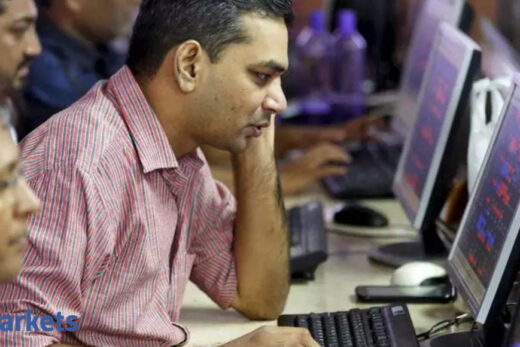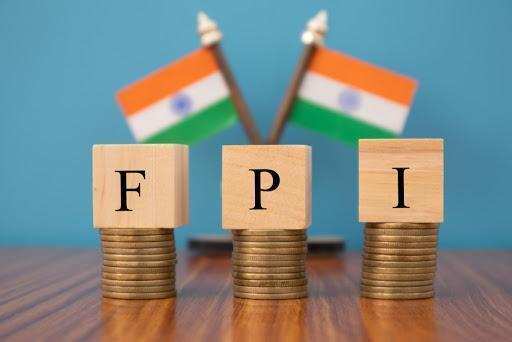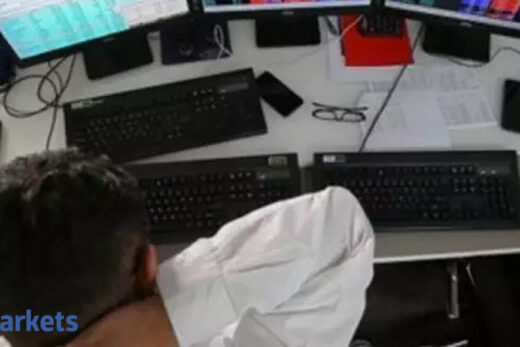In his first media interaction since with Bijoy Sankar Saikia of ETMarkets, Porinju shared his views on a range of issues, including value investing, Robinhood investors, wisdom gained from the Covid disruption and many more. Excerpts…
We have just seen a tremendous rally in stocks since the March slump and it’s still continuing. Which parts of this rally surprised you and which parts played out the way you had visualised it?
Rallies and corrections are an integral part of equity markets. Always look at markets from the perspective of cycles. The selloff in March 2020 was perhaps one of the quickest and sharpest ones. So it is not surprising that the recovery has also been one of the fastest. By the way, trying to visualise how the market will move is a futile thing to do. Markets have always rebounded from such drastic falls in the past, and will continue to do so in the future as well. What matters is the conviction and guts to go out and buy when there is fear all around.
Let’s talk about valuations. We have all sorts of attributes for the market sustaining at such high valuations. What does your experience say? Does it look like a familiar pattern of a secular bull market, or is there something more to it?
Nifty at 15,000 with a 4 per cent interest rate is cheaper than Nifty at 13,000 with an 8 per cent interest rate. Valuation is a relative thing, and needs to be looked at in the context of the macro environment. Yes, valuation is rich in the largecap blue chips. However, there are a lot of smallcap blue chips which are available at attractive prices in this market, thanks to the funds, which threw away anything small and kept the broader market valuations attractive.
There has been a debate going on over the concept of value itself. If old ways of valuing a business have become obsolete, why are value investors falling behind in this market and why is Tesla getting to command such a high valuation? How do you decode this puzzle?
There is no puzzle. You are asking this question at a time when value investing has just begun to rebound. Every time such doubts had arisen in the past, that’s what has happened. It wouldn’t be different this time. Exuberance in the markets is nothing new either. Just that we tend to remember what’s new more than what happened in the past. In stock markets, history often rhymes.
It has been a pretty painful phase for midcap/smallcap investors over the past 3-4 years. Now these stocks are rewarding investors handsomely and this pocket is looking brighter than ever. How did you use to look at this bucket earlier and how do you look at it now?
Smallcaps and midcaps saw an unprecedented selloff during 2018-20. This came after an unprecedented 4-5 year bull run during 2013-18. In equity investing, every challenge is new and unique. The last selloff was indeed a humbling one, and I believe I have emerged out of it a bit wiser. My optimism about promoters turning around and systems changing has certainly sobered down. However, in the listed space, we can expect some improvement in corporate governance and transparency. The next 2-3 years are going to do wonders for value investors. Remember, all sensible investing is value investing.
In your eyes, what has changed forever in the Indian economy and in the equity market post Covid-19?
Covid has accelerated the ongoing technology disruption. It has pushed India ahead on the global stage as one of the credible alternatives to China. A lot more capital and opportunities are coming to us today than ever before. Covid and the economic pain have also forced the Finance Minister to undertake fiscal expansion at a scale never seen before in India. Effects of all these have started reflecting in the economy. We will see double-digit GDP growth for many years ahead. India is about to enter a new growth orbit.
We have been seeing myriad behaviours among new investors who entered the market in hordes during the Covid lockdown. We saw them buy penny stocks, we saw them challenging institutional investors in a herd. Have they in some way added a new dimension to the market and changed the way you would operate now?
It’s very exciting to be a new investor. You are full of confidence and energy and are ready to make bold decisions. But very few survive when the tide turns. Even the survivors would turn more cautious in their further journey as investors. Yes, social media and technology have made it possible for many small investors to come together and become an influential group. However, beyond a few securities here and there, they are not yet significant enough to have any systemic impact or add any new dimension.
Some say alpha generation is getting tougher and tougher in the Indian market. What are your views? What has really changed in the market from what it was 10 years back?
Nothing has really changed in this respect. It’s all about market cycles. Considering the current India opportunities, I believe ‘alpha generation’ is possible by focusing on some of the niche businesses and emerging companies in the broader market.
Lastly, selling is key to making the most of any investment. But it’s a tough decision. What would be your five-point thumb rule for an investor on when to go out and sell?
There are no hard and fast rules for selling. It’s a continuous process. I constantly evaluate new opportunities against what I own and take decisions looking at the opportunities. For a blue-chip investor who sold
at any time in the past, that would look like a mistake now. Always look at the opportunity cost before you decide to hold or sell.



